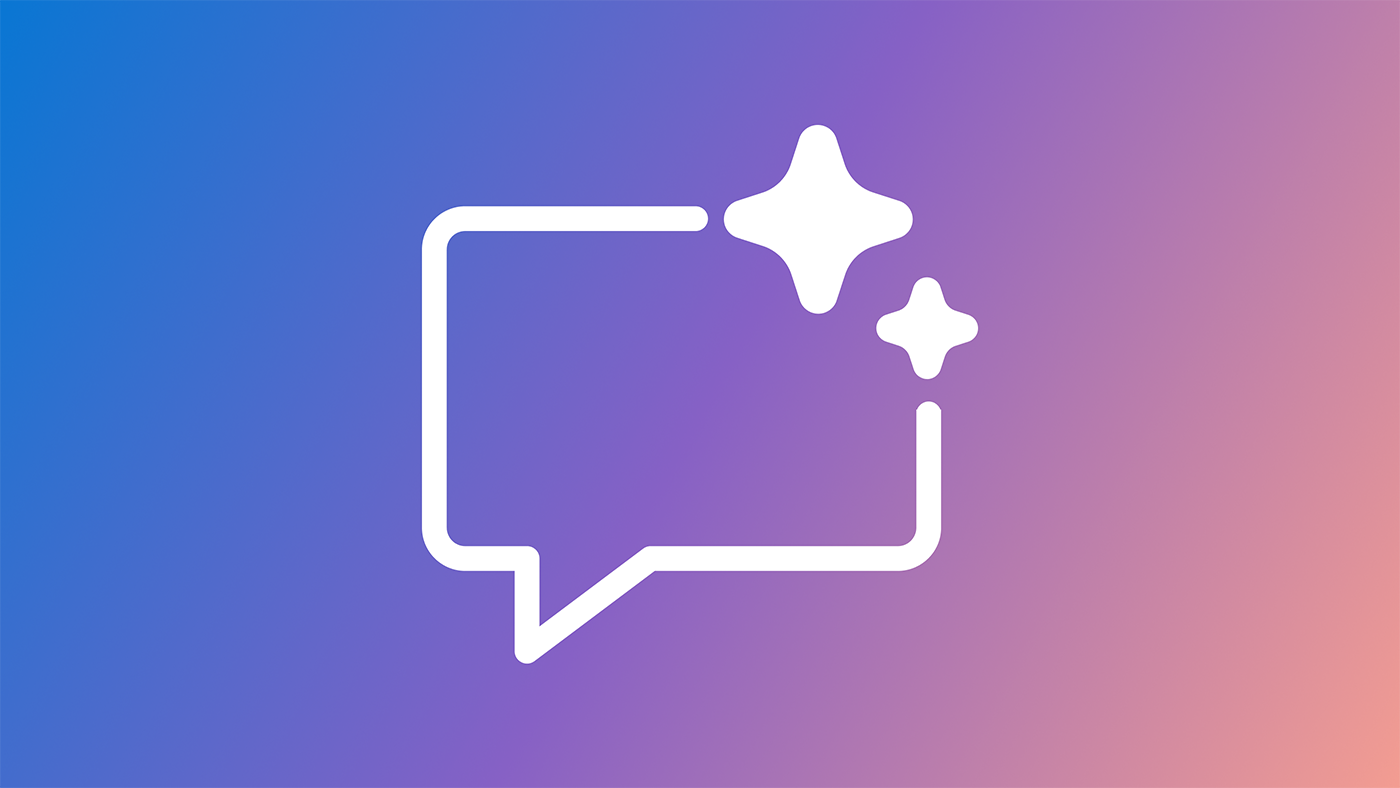
Thirteen years ago, researchers Shamsi Iqbal, Jaime Teevan, and Meredith Ringel Morris met for the first time. They were graduate students participating in the Doctoral Symposium at the 2005 ACM User Interface Software and Technology Symposium. Teevan and Morris were slightly senior, preparing to graduate the next year, and Iqbal remembers that she hadn’t even chosen a dissertation topic yet.
“They presented their amazing, almost-complete dissertation topics, and there I was still in the process of determining the path my topic would eventually take,” recalled Iqbal. “To me, it was an eye-opener to see all these amazing women there who are ready to go into the job market, who are confident, and who are doing impactful projects, and it set the standard for me.”
Spotlight: AI-POWERED EXPERIENCE
Today, the three women are colleagues at Microsoft — Teevan Chief Scientist of Experiences and Devices, Morris a Principal Researcher and Research Manager of Microsoft Research’s Ability research group, and Iqbal a Senior Researcher in Microsoft Research AI’s Information and Data Sciences group — and they are part of the delegation representing Microsoft at the 31st ACM User Interface Software and Technology Symposium October 14–17 in Berlin.
“I have always looked up to both Jaime and Merrie as role models,” said Iqbal. “I am so proud of them, to see where they are. They motivate me all the time.”
One of the top-tier conferences in human-computer interaction, UIST has a reputation for embracing invention, creativity, and some of the most novel emerging technologies, making it no surprise that Microsoft has been a big contributor over the years. The company has been a sponsor, as it is again this year; has had its researchers take home a number of best paper honors; and is a longtime sponsor of the Women of UIST Networking Luncheon, which Morris has helped organize for many years.
“The innovative aspect of the work has always been really important to Microsoft Research,” said Microsoft Research AI Principal Researcher and Research Manager Andy Wilson, the conference’s technical program chair. Wilson has been attending the conference since 2001 and has presented numerous papers. “Microsoft has always had a focus on HCI, particularly as it relates to interaction devices and interaction techniques, in part because we’re a company that creates a lot of these kinds of products, and so we’ve always been at the forefront of innovation, kind of in the sweet spot that UIST sits in.”
At this year’s conference, Teevan is giving the opening keynote address, during which she discusses what she’s learned in her study of productivity about the transitions between tasks and states — a space she considers magical — and how that applies to the greater change in roles people make across the span of their lives. Later in the conference, she and Iqbal are presenting a paper on microproductivity. Additionally, Microsoft Research Lead Researcher Masaaki Fukumoto is presenting a paper on “silent” voice input technology for enabling voice interaction without disturbing surrounding people; the paper received an honorable mention from UIST. And Morris, who is chairing this year’s Doctoral Symposium, is a coauthor (together with collaborators from the University of Washington) on another paper being presented, this one introducing a crowd-based analysis platform for end-user elicitation studies. Also, a paper from earlier in her career is being recognized — Morris and Microsoft Technical Fellow and Managing Director Eric Horvitz are receiving the UIST 2018 Lasting Impact Award for their UIST 2007 paper, “SearchTogether: An Interface for Collaborative Web Search.”
The SearchTogether system demonstrated the possibility of viewing web search as a collaborative activity rather than a solitary one, introducing an interface that made it easier for friends, family, or colleagues with a shared goal to work together remotely while gathering information online. SearchTogether established innovations that are now mainstream, such as annotating search engine results with information about whether they have previously been viewed or “liked” by social contacts. The SearchTogether system has inspired many subsequent explorations of collaborative and social information seeking.
“The idea for SearchTogether arose when my husband, Microsoft Principal Researcher Dan Morris, and I relocated from California to Seattle to join Microsoft Research; we were looking to purchase a home and a car, and I felt that we were doing a lot of redundant and uncoordinated web searches,” said Morris. “I appreciate that Microsoft Research provided an environment where I was able to pivot and grow my research agenda around this motivating real-life scenario.”
Leveraging the day’s ‘micromoments’
In today’s world, people’s time and attention are constantly pulled in conflicting directions — it’s fragmented, as Iqbal describes it — a fact unlikely to change anytime soon. So she and coauthors Teevan, Microsoft Research Software Development Engineer Anne Loomis Thompson, and Dan Liebling, formerly of Microsoft and now with Google, set out to answer a different question: Rather than trying to adjust our time, can we adapt our tasks to fit the fragmented time?
These fragments, or “micromoments,” are in contrast to the traditional notion of productivity, where focused time is set aside. In this new era of multitasking, focused time is becoming a rarity, whereas micromoments are prevalent throughout the day. Standing in line for coffee, waiting for a meeting or a child’s soccer game to start, and commuting via public transit are just some examples. But because these moments are so short, people generally don’t consider them viable for getting things done.
“We wanted to see if instead of playing something like Angry Birds or going on Facebook, can we make productive use of those micromoments,” explained Iqbal.
To find out, Iqbal and her coauthors developed Play Write, a tool that breaks editing down into microtasks that can be completed in environments where attention is divided and people are likely on their mobile devices.
The Play Write system consists of three components: a Word plugin, a workflow engine, and a mobile application. Users navigate the plugin via three commands in the Word tool bar, “Go Mobile,” “Get Changes,” and “Clear Tasks.” Selection of the “Go Mobile” option activates the workflow engine, which extracts tasks from the Word document — the types of which are predetermined — and uploads them to the cloud. From there, the tasks are accessible via the mobile app.
The researchers were selective in the types of tasks they designed the work engine to pull, focusing on those that users could continue with easily after an interruption. In this case, the microtasks included fixing spelling errors, identifying wordy sentences, and accepting or rejecting changes. These microtasks were presented to users on the app home screen as tiles, some representing the type of task and others a timeframe in which a group of tasks could be completed, for example in two minutes or three. A color system alerted users to the stage of completion. When the user returned to the original Word document and selected the “Get Changes” button, their edits were retrieved, appearing on screen in a ripple, as Iqbal describes it.
“To me, that has always been the magical moment,” she said. “That I have not been interacting with this document on my desktop device or on my laptop. I got these things done on my mobile device. It shows I have been making progress without actually having to sit down and make progress.”
Iqbal believes microtasking has a lot of potential, with writing one of many activities in people’s lives that can be separated into smaller parts. That’s not to say she and her coauthors are advocating people fill every spare waking moment with microproductivity. Related to her broader research focus on attention management, another research area of hers is productivity and well-being, and she understands the value of disengaging. The researchers hope that providing individuals with the means to chip away at the to-do lists hanging over their heads when it makes sense will free up time for relaxing and re-energizing.
The concept of microwriting has been three and a half years in the making, and for Iqbal, the paper’s inclusion at UIST is a validation of her group’s work and the greater application of microtasking.
“It’s very practical, and the fact that we can now systematically extract microtasks and make them available on a mobile device allows us to study how people engage with and benefit from such tasks in practice,” she said. “It also paves the path for a lot of future work and new insights into the future of productivity.”
Microsoft Research Contributions to UIST 2018
Multitasking with Play Write, a Mobile Microproductivity Writing Tool
Shamsi T. Iqbal, Microsoft Research; Jaime Teevan, Microsoft Research; Dan Liebling, Google; Anne Loomis Thompson, Microsoft Research
Crowdsourcing Similarity Judgments for Agreement Analysis in End-User Elicitation Studies
Abdullah X. Ali, University of Washington; Meredith Ringel Morris, Microsoft Research; Jacob O. Wobbrock, University of Washington
SilentVoice: Unnoticeable Voice Input by Ingressive Speech (Best Paper Honorable Mention)
Masaaki Fukumoto, Microsoft Research Asia
SearchTogether: An Interface for Collaborative Web Search (Lasting Impact Award)
Meredith Ringel Morris, Microsoft Research; Eric Horvitz, Microsoft Research





